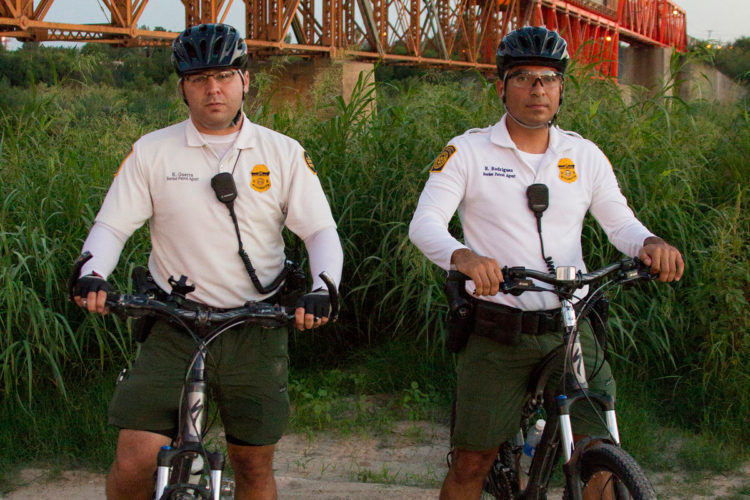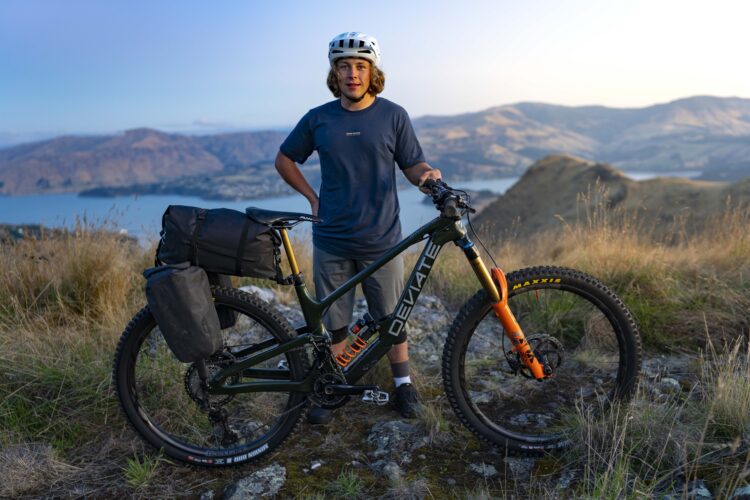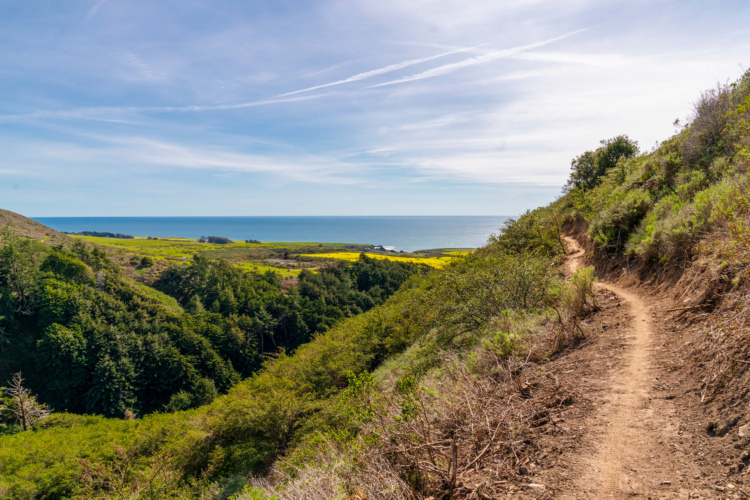
Steven Gemelos was never a hardcore mountain bike racer, the California Enduro Series president says, though he has gravitated toward organizing events for the mountain bike community in California.
In 2013, Gemelos was one of a core group of people who organized the first season of the California Enduro Series. The series has grown to include a calendar of six events this season, attracting seasoned racers like Brian Lopes and Essence Florie. For the first time, the series will host a round of the Enduro World Series at Northstar California Resort in August.

Gemelos began mountain biking in the early 90’s when he was attending college in Indiana. From there, he moved to Stanford University for graduate school, where he joined the school’s mountain bike team and occasionally entered a cross country race. Gemelos says he mainly raced for fun.
Living in California introduced him to the trail advocacy group Mountain Bikers of Santa Cruz. Gemelos volunteered at trail work days and also took on organizing an annual gathering of multiple trail groups from the region for a weekend of trail maintenance, riding, and socializing at Lake Tahoe. He took the gathering from something half-organized to a legitimate event with sponsorship from the bike industry.
[see_also id=’259925′]
“I would take whatever was started and just kind of blow it up,” Gemelos said of his style of event management.
The next event he helped with—one which would lead to the California Enduro Series—was the Santa Cruz Mountain Bike Festival. The 2012 edition of the festival included the Santa Cruz Super Enduro race, an invite-only race for about 50 people. With an enduro race in Santa Cruz and a few more starting up around the state, the idea for a state-wide enduro series was brought to the table.
Gemelos credits Eric Saunders for originally coming up with the idea for a series. Saunders works for VP Components, a sponsor of the festival in Santa Cruz, and he recognized the potential of stringing individual races into a unified series.
The first year of the series in 2013 included just two four races: the Santa Cruz race and another race in Riverside. Since then the series has grown year after year.
One way the series has evolved and grown has been the introduction of the CES Golden Tour in 2016. The Golden Tour is a collection of three races within the overall series that feature the most physically and technically challenging courses. The race within the race series offers additional prize money for the pros to incentivize an elite level of competition.
A regular at CES events is professional rider Essence Florie, who won the Pro Women’s series overall last year. Florie says one reason she enjoys attending CES races is the close-knit community the series fosters.
“There is nothing like riding your bike with wonderful people who become like your family all around the state,” she said.
The California Enduro Series does not put on races, but rather they offer support to local event organizers. For instance, a person will want to put on a race. They will be in charge of everything on the ground locally, such as securing a venue and permits, mapping a course, and providing catering. The series provides marketing, registration, and comes in on race day with a timing system, a set of rules, and staff members to help the event run smoothly.
Gemelos says this system is beneficial for a couple of reasons. For starters, a few people cannot do everything. Additionally, local organizers have local relationships. Somebody in Mendocino, for example, will be much more successful at tracking down the appropriate land managers in order to secure permits to run their race. A land manager may be more hesitant to offer a permit to outsiders who parachute in one weekend and want to put on a race on their trails. Gemelos adds that locals have the beta on the best trails in their area.

The logistics of running an enduro race are daunting. “The biggest challenge with enduro is it’s just so many things to keep track of,” Gemelos says.
The race itself may just be a few hours on one day, but there are countless moving parts. How do you convince land managers to grant you a permit? Who is the person that approves your permit? What will the course be? Will you be able to maintain the trails post-race to minimize damage from a large volume of users on race day? Where will all these racers stay? Will you provide catering? Free beer? Who is going to coordinate with emergency medical responders? You get the idea.
One of the biggest potential problem areas at a race is the timing. Timing systems are expensive, plus the logistics are complicated. Racers will complete multiple timed stages that need to be recorded and ranked. Things can get messed up quick. Gemelos said that for a number of years the series contracted with another bike event company for timing. This allowed the series to have reliable timing while focusing on improving other areas of their events.
Gemelos says the series did not have anything like a 5-year-plan. Rather, they always look for ways to grow, improve, and let things happen organically. “When the seed gets planted, we chase it down.”
One example of this philosophy is the story behind the upcoming EWS race at Northstar. At a previous Northstar enduro race, pro racer Curtis Keene mentioned that he thought the resort venue would be perfect for an EWS race. The CES team then persistently tried to get in contact with the decision makers at the EWS. Eventually, EWS head Chris Ball visited California to ride the trails at Northstar, and fell in love with the Lake Tahoe region. “Once he saw it, I think he got the bug also,” Gemelos said. “He wanted to keep pulling on that thread to make it happen.”
Florie expects the rocky, loose terrain at Northstar to play a role in challenging the top enduro talent from around the world. “Northstar has some very tough tracks that get even tougher at race pace, she says. “You never really know how hard a run is until you are flying down the trail as fast as you possibly can.”

Gemelos describes the relationship between the CES and EWS as similar to the one between the CES and its local event promoters. CES and Northstar are in charge of putting on the race. The EWS comes in with their broader framework like specific rules, anti-doping, and event production standards such as a stage and large video screen.
The Northstar race will be the first time the EWS visits California, and it is the only EWS in the United States this year.
A goal of the series going forward is to continue to put on well executed events and to grow the sport. Gemelos says that the series is in a healthy spot when it comes to finding events who want to participate. In past years, CES struggled to find event venues. Gemelos recounts one instance where a company offered to fork over sponsorship money for an event in Southern California, but the deal never happened because a venue could not be secured. Now, events are approaching the series to get in on the action.
Despite offering an elite level of competition for the pros, the CES’ core base of riders are amateurs. Gemelos mentions that if amateurs stop showing up to races, the race series would go out of business.
It seems that both pros and amateurs are stoked on the series, with many races selling out months in advance.
Gemelos does not get paid for his work on the series, and all the labor of love is worth it when he sees people appreciating the series.
“Seeing people having a good time, and appreciating the effort we put in, and appreciating having the series, I think is what really makes it for us.”




















3 Comments
Aug 2, 2019
The first year in 2013 we had 4 races in the series - the China Peak Enduro organized by Evan Turpen, the VP Enduro in Los Olivos organized by Erik Saunders, the Riverside Enduro organized by Eric Carter, and the Santa Cruz Super Enduro that Megan and I organized with the Mountain Bikers of Santa Cruz.
And that kicked everything off. Megan, Michele, and I kept running with it to create the series we have today.
Jul 25, 2019
Jul 25, 2019